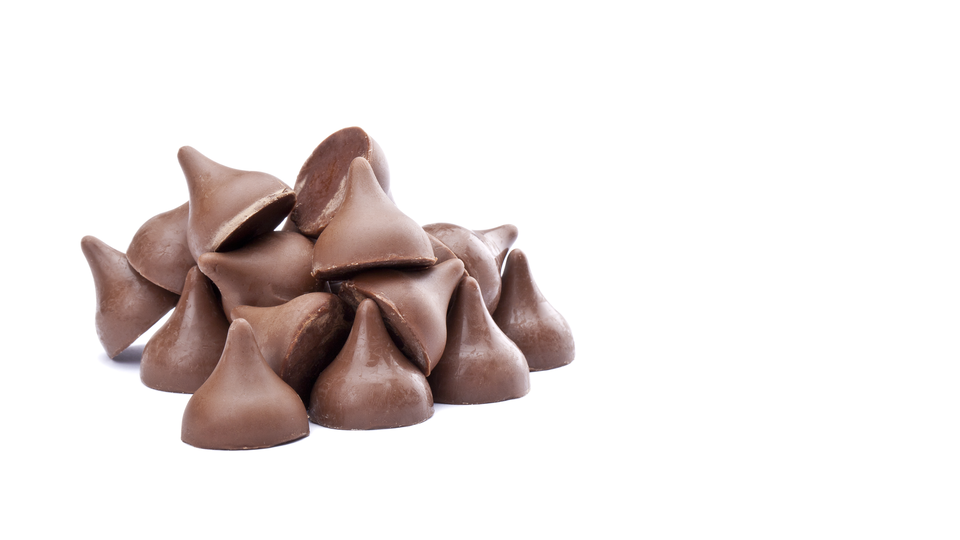
A fun (and gross) chemistry experiment in your mouth.
Chemists study how different materials behave, change, and interact with each other. In this activity, you’ll use your mouth as a laboratory to see how gum and chocolate interact. You might be surprised at the results!
Research
To get started, gather your materials
What you will need:
Chewing gum
Chocolate pieces (Hershey’s Kisses work well)
Paper towels/tissues
Before you begin the experiment, make sure no one is allergic to the materials. Also, be aware of choking risks as you move through each step (this activity is not recommended for children 3 and under).
Clean conditions are always important, but especially now! Remember to wash your hands thoroughly before and after the activity, and make sure your work surface is clean!
Experiment
Step 1
Give each participant a piece of gum, a piece of chocolate, and a tissue or paper towel.
Step 2
Unwrap the gum (keep the wrapper) and make some observations; what does it look, smell, and feel like?
Do the same with the chocolate. What are some of these materials’ properties?
Step 3
Pop the gum in your mouth and chew it for a bit. Spit the gum out onto the wrapper. How has it changed?
Step 4
Put the gum back in your mouth and chew it some more. Put the chocolate in your mouth, and chew it right on top of the gum. Really mix it up in your mouth! What do you notice about the properties of the gum now? How did it change?
Step 5
Spit everything into your tissue. Look at it, touch it. What properties have changed? Is it still sticky?
Throw everything away when you’re finished.
(If chewing gum and chocolate together is too gross, or poses too much of a choking hazard, you can also do this activity in a mortar and pestle with gum and cooking oil—the results will not be as spectacular, though.)
Observation
What happened to the gum? Is it what you were expecting to happen?
You were doing chemistry in your mouth! You experienced a phenomenon chemists sometimes describe as “like dissolves like.” In this case, gum and chocolate have something chemically in common: they are both oil based—gum doesn’t normally begin to dissolve in your mouth because your saliva is water based, but the oil in the chocolate can dissolve the gum.
Can you think of any other instances when you’ve seen or experienced the “like dissolves like” phenomenon? For example, salt or sugar can be dissolved in water, coffee, and tea. But oil cannot be dissolved in water. This phenomenon has many useful applications, too. For example, we use oil-based stain removers to dissolve oily stains that water can’t wash away.
For the original activity and additional resources, see the NISE Net site.